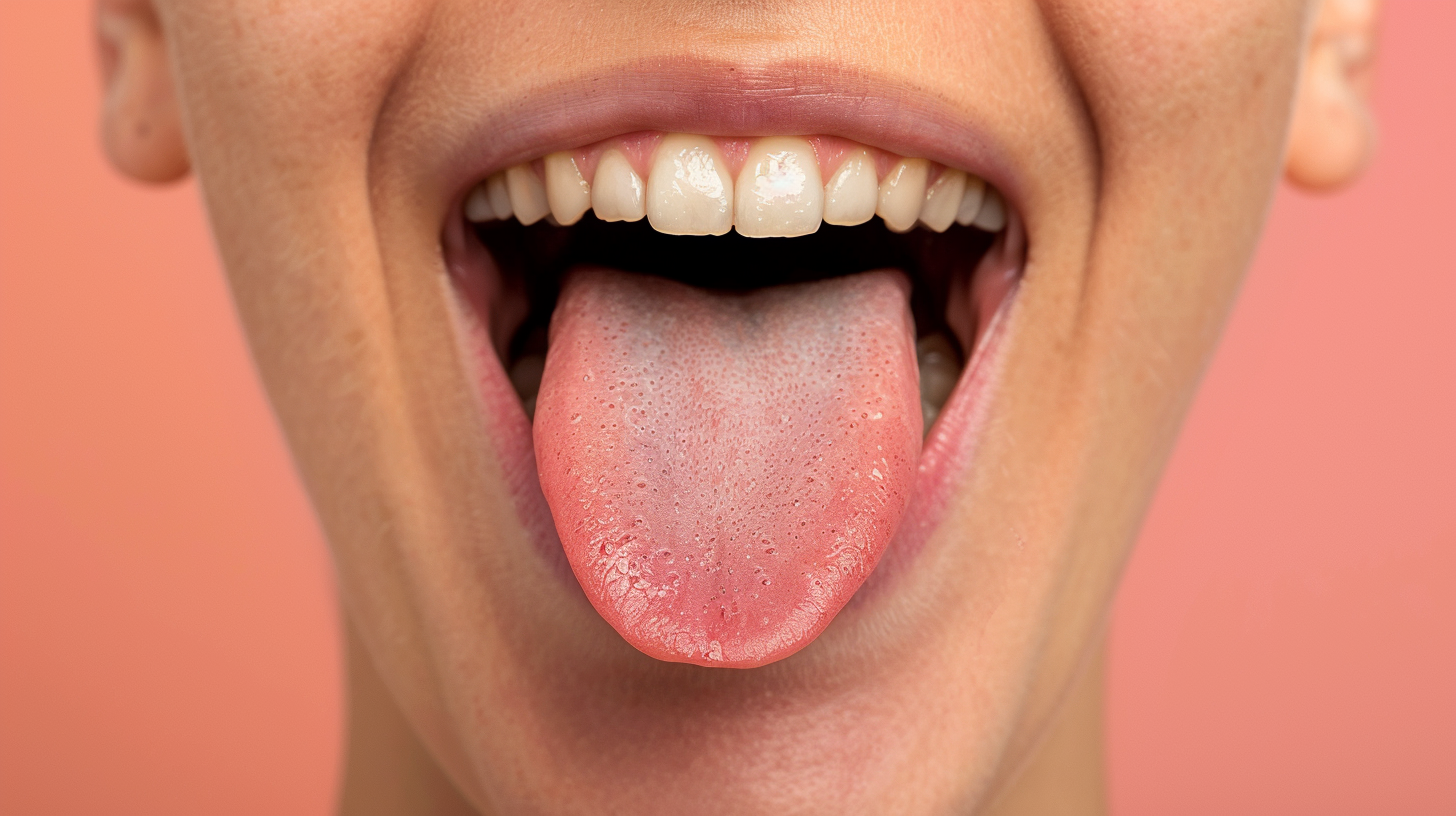Breathing seems simple—so natural we rarely think about how we’re doing it. Yet, how you breathe can profoundly impact your health and well-being. At BreatheWorks, we emphasize the importance of nasal breathing because breathing through your nose is significantly healthier and more efficient than mouth breathing. Let’s explore why nasal breathing should be your default breathing method.
Mouth Breathing vs. Nasal Breathing
Mouth breathing might seem harmless or convenient, especially when congested or exercising heavily, but it can actually harm your health over time. Breathing through your mouth dries the oral tissues, increases the risk of dental problems, and reduces the amount of oxygen your body absorbs.
In contrast, nasal breathing optimizes oxygen intake and supports your body’s natural health mechanisms. Here’s why:
Increased Oxygen Absorption
When you breathe through your nose, the air is warmed, humidified, and filtered, preparing it ideally for your lungs. Nasal breathing increases the levels of nitric oxide—a powerful molecule produced in your nasal passages—which significantly enhances your lungs’ ability to absorb oxygen. Research suggests nasal breathing can deliver up to 20% more oxygen compared to mouth breathing.
Enhanced Immune Function
Nasal passages act as natural filters, trapping airborne pathogens, allergens, and particles, preventing them from entering your lungs. This filtration reduces your risk of infections, allergies, and respiratory illnesses.
Improved Sleep Quality
Mouth breathing, especially at night, is associated with sleep disturbances, snoring, and even obstructive sleep apnea (OSA). By shifting to nasal breathing, you can experience deeper, more restful sleep, waking up feeling refreshed rather than fatigued.
Better Oral Health
Constant mouth breathing leads to a dry mouth, which increases your risk of dental cavities, gum disease, bad breath, and tooth decay. Nasal breathing helps maintain proper oral moisture levels, supporting healthier teeth and gums.
Optimal Facial and Dental Development
In children, habitual mouth breathing can cause improper facial and dental growth, leading to orthodontic problems, elongated facial structures, and misaligned teeth. Encouraging nasal breathing supports proper facial growth and alignment, reducing the need for extensive orthodontic interventions.
Improved Athletic Performance
Nasal breathing can enhance your endurance and performance during exercise. It helps maintain optimal carbon dioxide levels, reducing breathlessness and increasing efficiency, making your workouts more effective and enjoyable.
Steps to Transition to Nasal Breathing
Switching from mouth breathing to nasal breathing can take some practice. Here’s how you can start:
- Awareness: Begin by noticing how you breathe throughout the day.
- Practice nasal breathing exercises: Simple exercises, like controlled breathing or alternate nostril breathing, can strengthen nasal passages.
- Sleep hygiene: Using nasal strips or gentle mouth taping (under professional guidance) can promote nasal breathing at night.
BreatheWorks Can Help
At BreatheWorks, we specialize in helping you optimize your breathing for better health, sleep, and overall wellness. Our certified clinicians use evidence-based techniques like myofunctional therapy to train your body toward healthier breathing patterns.
Are you ready to breathe better, sleep better, and live better? Connect with us today to start your journey toward optimal nasal breathing.



